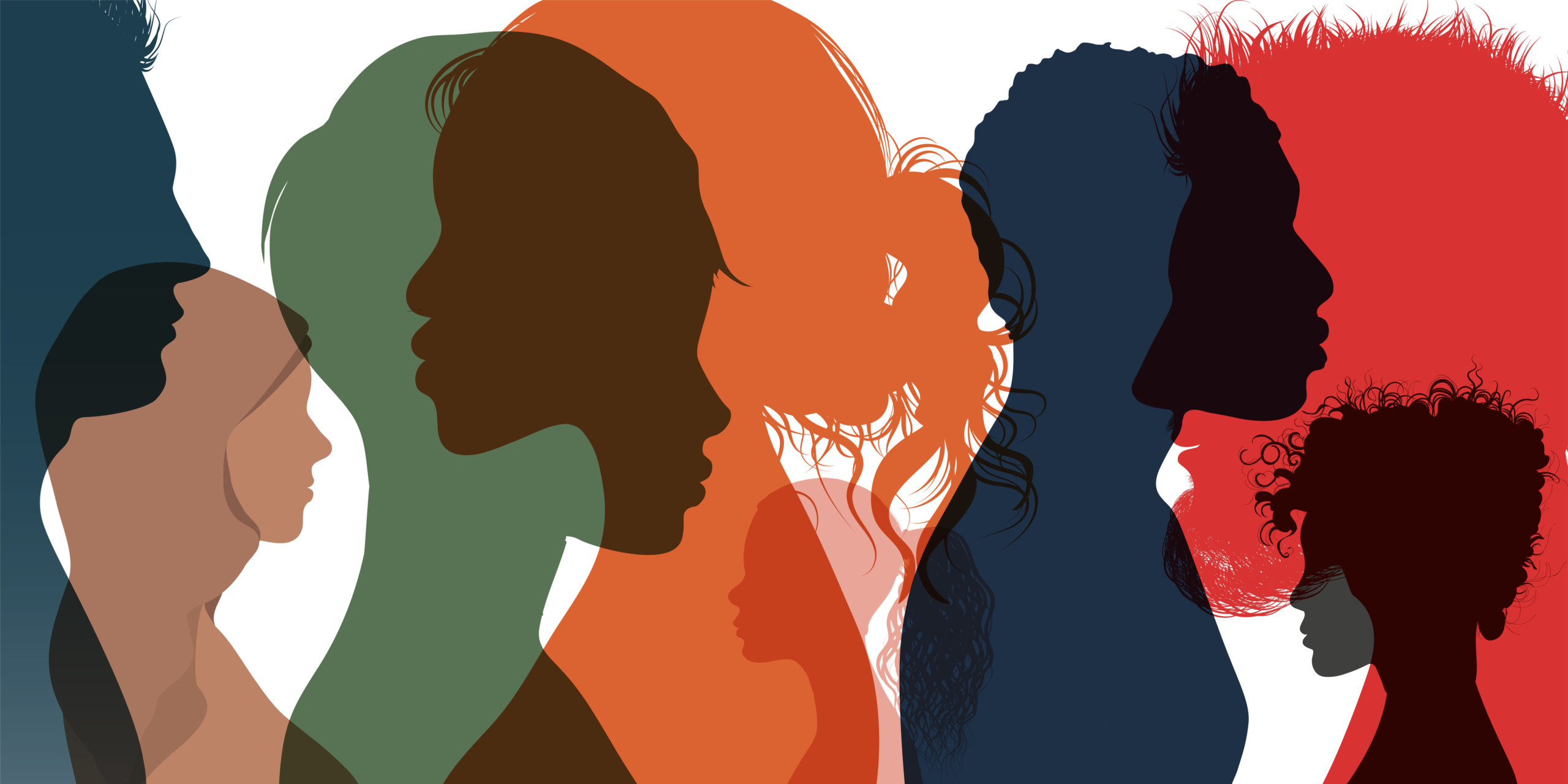
5 Tips For Gender Inclusion
Learn how schools can be a place to advocate for and model inclusion for disabled LGBTQ persons so they might feel safe and whole. Plus, access key resources and a vocabulary of inclusion glossary.
Topics: Equity and Diversity, Special Education
The term “inclusive classroom” often refers to disability inclusion, but in recent years, the term has also been used to refer to gender inclusion. Unfortunately, there’s a lack of collaboration between educators who support these two types of inclusion, which is concerning given that disabled LGBTQ students exist and might have overlapping experiences and relevant supports. It can also result in students being labeled “disabled” for being queer or disabled LGBTQ students being targeted for disciplinary actions disproportionately.
Here are five considerations based on research and the authors’ own personal experiences as a queer, trans, autistic, and disabled advocate and speaker (Sayre), and a queer, cis, nondisabled educator (Csillag).
- Accurate, Developmentally Relevant Information: While allowing for fluidity of identities, it’s important to use accurate, affirming, developmentally and culturally relevant information about bodies, consent, gender, and relationships. This begins with all school staff learning about intersectional issues related to disability and LGBTQ identity. The important thing is to learn directly from disabled LGBTQ people. Research suggests that special educators are best equipped to create gender-inclusive materials for disabled students.
- Experimentation and Flexible Supports: Bridging from the idea of fluidity around identity, school should be a “recess” for gender and disability that offers freedom and self-direction. This means allowing experimentation and space to play in terms of gender expression, roles, names and pronouns, and more, as well as a community that’s supportive of students who wish to do so.
- Affirmation and Relationships: Listening to students is part of disability and gender inclusion. This can manifest in actions such as creating spaces where students can connect their own experiences to classroom content, learning about students’ interests in order to incorporate them meaningfully into learning spaces, and generally inviting students to have as much say as possible in what happens. Students’ privacy, security, and development need to be respected, and building trust, validating, and listening should be your goal.
- Representation: There aren’t a lot of curricula that include disabled LGBTQ students, however, especially if other marginalized identities are added to the mix. You can celebrate diverse role models, such as Marsha P. Johnson, Audre Lorde, or Frida Kahlo, all of whom were queer and/or trans, disabled femmes of color. You can also continue to affirm students by having them share their personal experiences.
- Building Community: Traditional anti-bullying policies are punitive and could end up perpetuating the very inequities we’re trying to eradicate. The way to more meaningfully, authentically, and sustainably combat bullying is through community and connections. Community can be built via affinity groups; these might be open to students regardless of identity (to allow for fluidity) and focus on developing friendships, leadership skills, and allyship.
Resources to Get Started
- Learning for Justice
- The Disability Visibility Project
- Respect Ability
- Books from Welcoming Schools
- GLSEN’s Elementary Toolkit, produced in partnership with NAESP
- The All Bodies Deserve coloring book from the Center for Cultural Power
- They, She, He: Easy as ABC
The Vocabulary of Inclusion
asexual: A person who doesn’t experience sexual attraction. Asexuals might feel romantic attraction, aesthetic attraction, etc. This doesn’t necessarily include people who are celibate.
cis person: A person whose gender identity is the same as that which they were assigned at birth. Not real boy/girl, etc.
folx (pronounced like “folks”): A gender-neutral term for a group of people that includes people of all identities, similar to collective nouns such as y’all or students. Use instead of boys and girls and mom and dad.
gender-expansive and gender nonconforming: A person whose gender identity and/or expression (e.g., how they present themselves) doesn’t easily fit within traditional norms for that gender. These norms are also informed by race and culture.
identity-first vs. person-first language: Identity-first language claims identity as central to the self instead of highlighting individuals as “people first.” Most disabled people prefer being called “disabled” instead of “person with a disability,” for example, and the same goes for autistic, deaf, queer, trans, etc. When in doubt, use the terms people use for themselves.
LGBTQ: An acronym that stands for lesbian, gay, bisexual, transgender, and queer/questioning. Sometimes you’ll see it written as LGBTQ2IA, which includes two-spirit, intersex, and asexual persons, and sometimes there’s a + at the end of it to include folx who don’t use these terms but are under the queer umbrella. Not homosexual.
nonbinary: A person whose gender doesn’t fall wholly within the gender binary of male and female. Nonbinary people might identify as being both, neither, and/or genderfluid. Not opposite gender.
pronouns: How we refer to each other in the third person. Some people use one set of pronouns (e.g., she/her), others use multiple sets of pronouns, and some don’t like pronouns to be used in reference to themselves at all. Normalize including one’s pronouns in attributions, email signatures, and so on.
queer-antagonism, trans-antagonism, bi-antagonism: Individual, interpersonal, and/or systemic oppression of queer and/or trans people. Use instead of homophobic, queerphobic, transphobic, biphobic.
questioning: A person who isn’t sure, doesn’t know, or is in the process of understanding their gender identity and/or sexual orientation in a different way than they currently do. Not confused.
trans person: A person whose gender identity differs from that which they were assigned at birth. Not transgendered or is a transgender.
This article was adapted from the March/April Principal magazine article “Advocating for Intersectional Inclusion.”
Jules Csillag (she/her) is a speech language therapy consultant, adjunct faculty instructor, and writer. Connect with her on Twitter (@julesteaches) or Instagram (@schoolsforfreedom).
Allie Sayre (she/her) is a disabled, autistic self-advocate and speaker. Connect with her on Twitter (@abilenes92) for consultation or speaking engagements.

